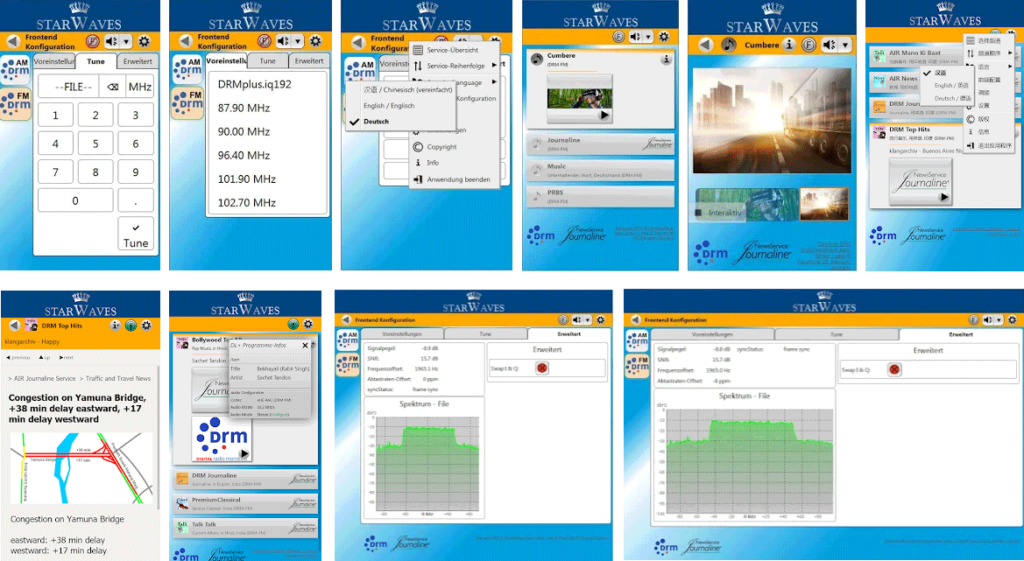SuperSDR: A KiwiSDR + CAT Client for Ham Radio
Thank you to Marco (IS0KYB) for informing us about the release of his new software called "SuperSDR". SuperSDR allows you to easily synchronize frequency tuning with a remote KiwiSDR via a CAT connection to a standard ham radio. The KiwiSDR is a 14-bit wideband RX only HF SDR which has up to 32 MHz of bandwidth, so it can receive the entire 10 kHz - 30 MHz spectrum all at once.
It allows to use a remote KiwiSDR along with a local (or even remote) standard radio in sync. It works on Linux, Windows and MacOSX.
The main purpose is to have an interactive panadapter that is not forcibly tied to our local antenna, but allows one to try any combination of CAT radio / SDR. I'd like to implement a remote KiwiSDR selection interface to choose the best SDR for the purpose.
I'm still developing it, and it is not complete feature-wise, but it is ready to be used.
Somebody asked me if it would be possible to integrate a RTL-SDR into it and I plan to do that using the old PEPYSCOPE project code [covered in a previous post].
The video below shows a slightly older version of SuperSDR in action.


